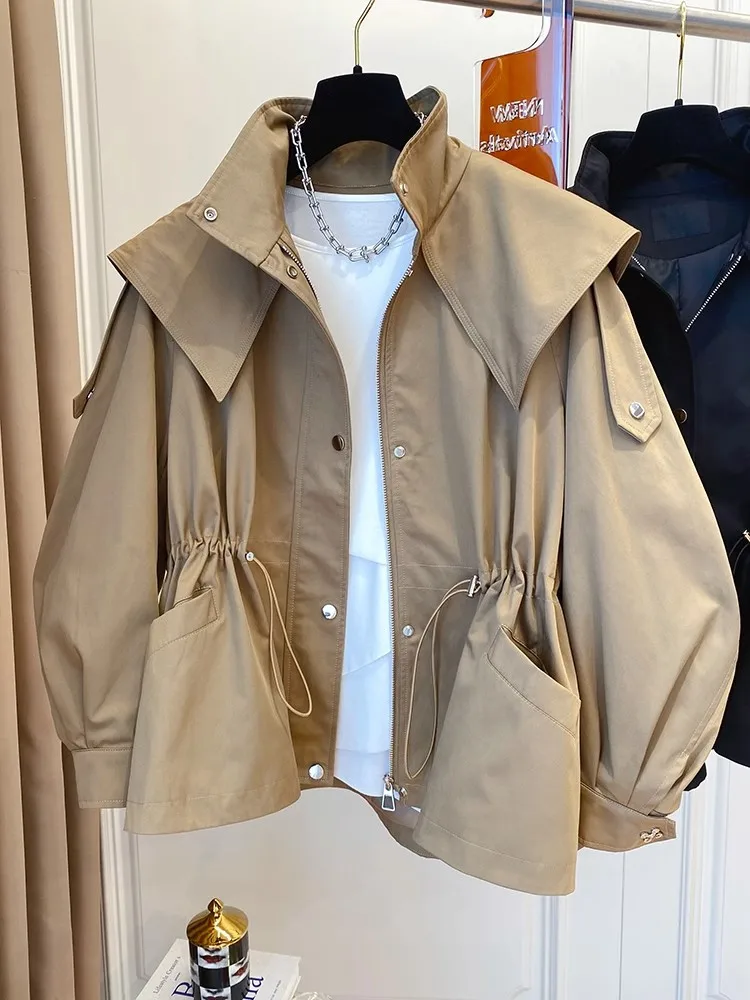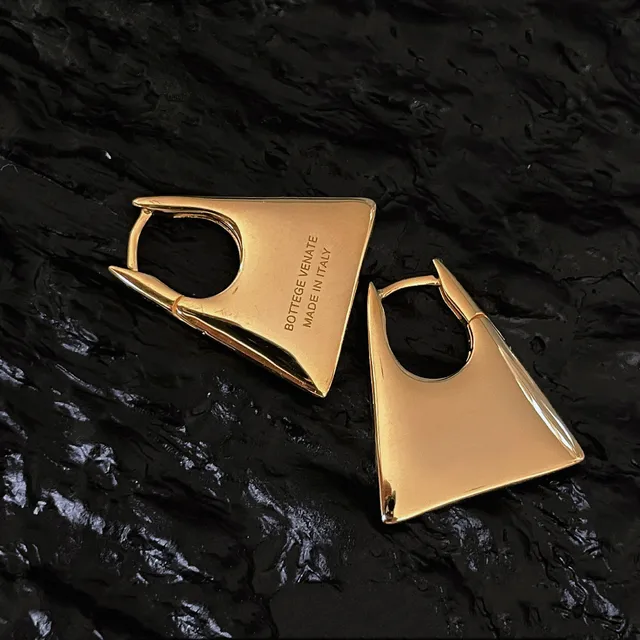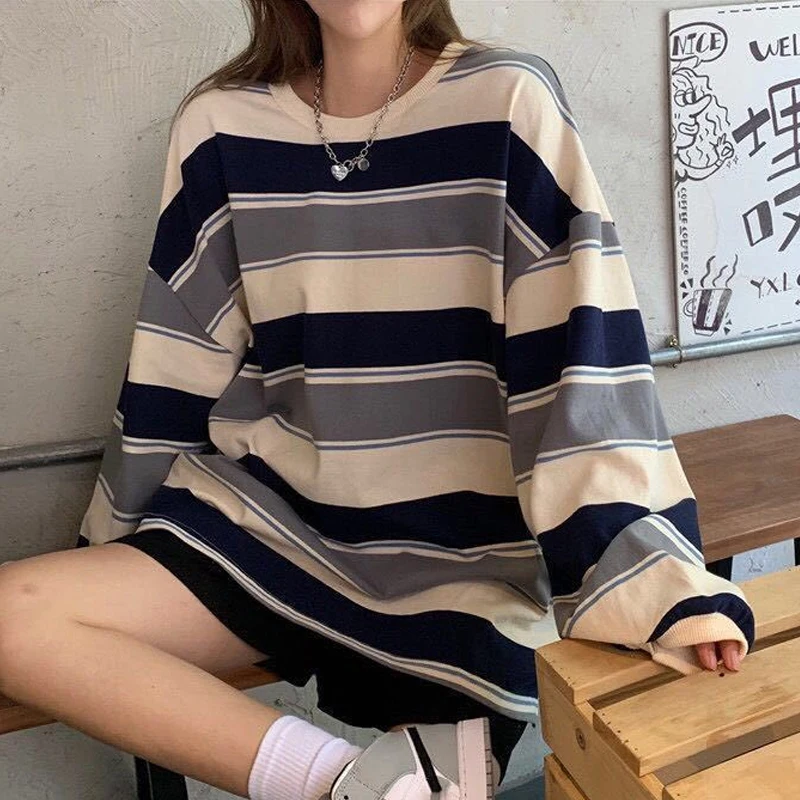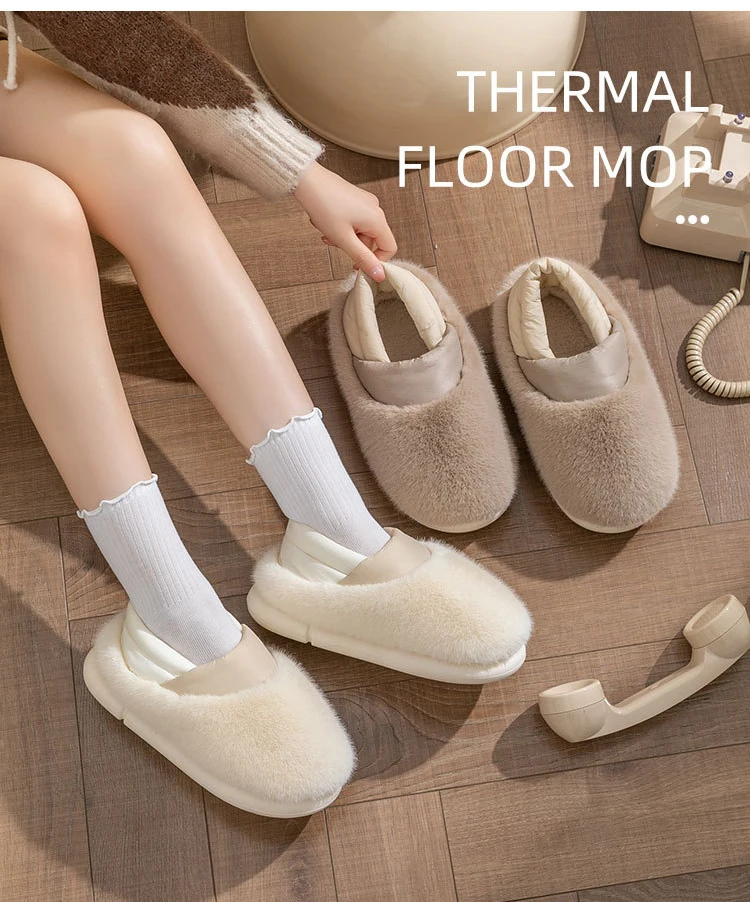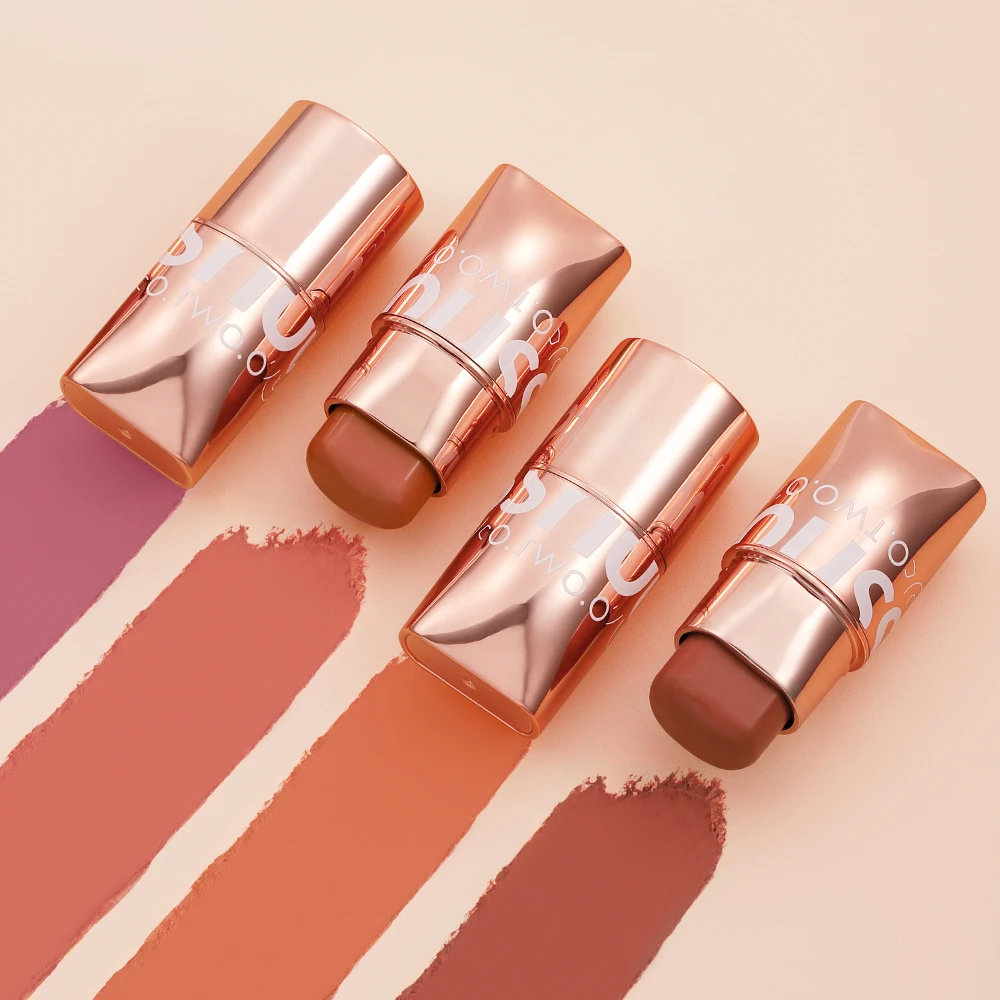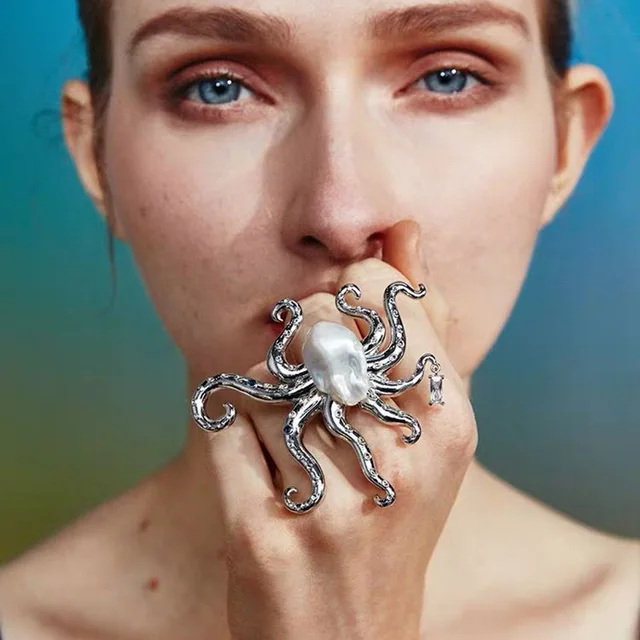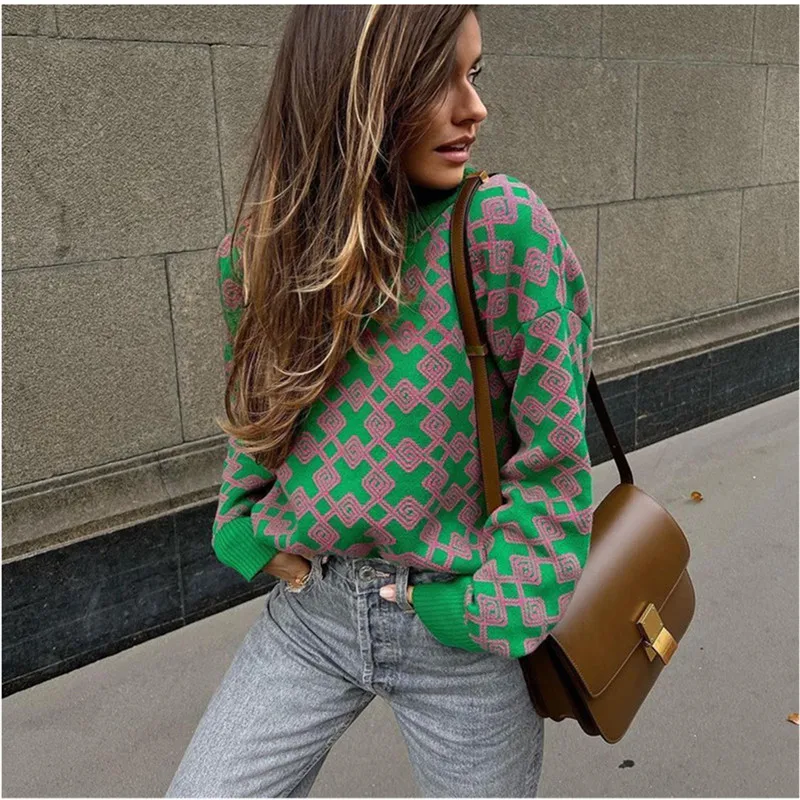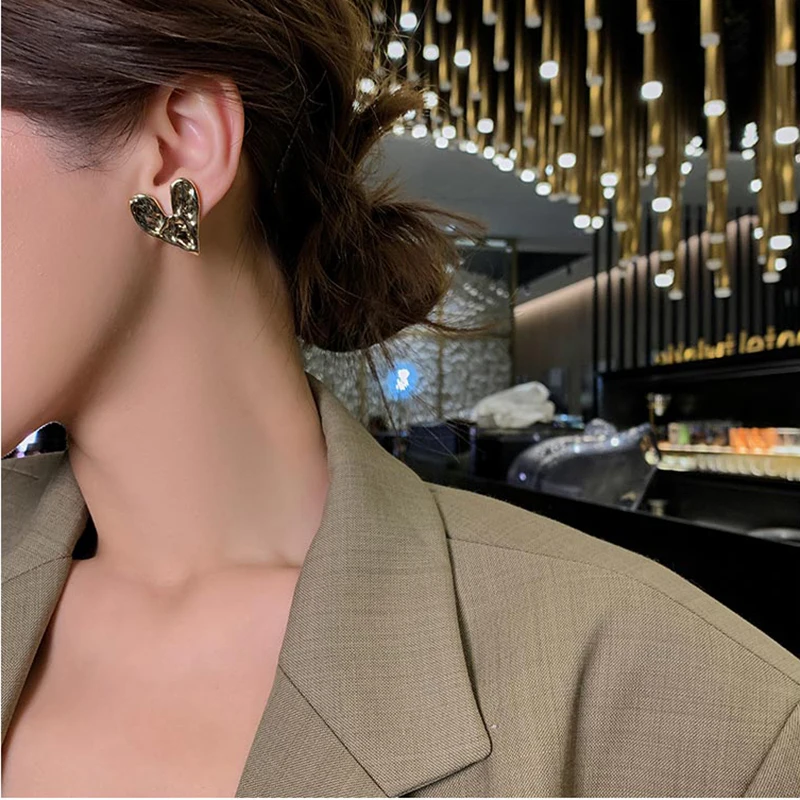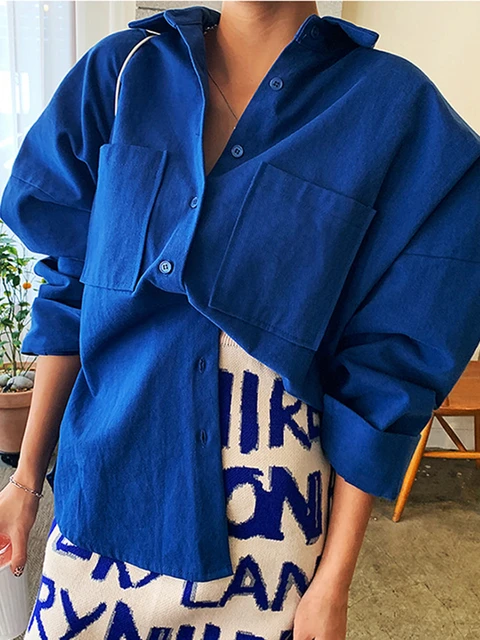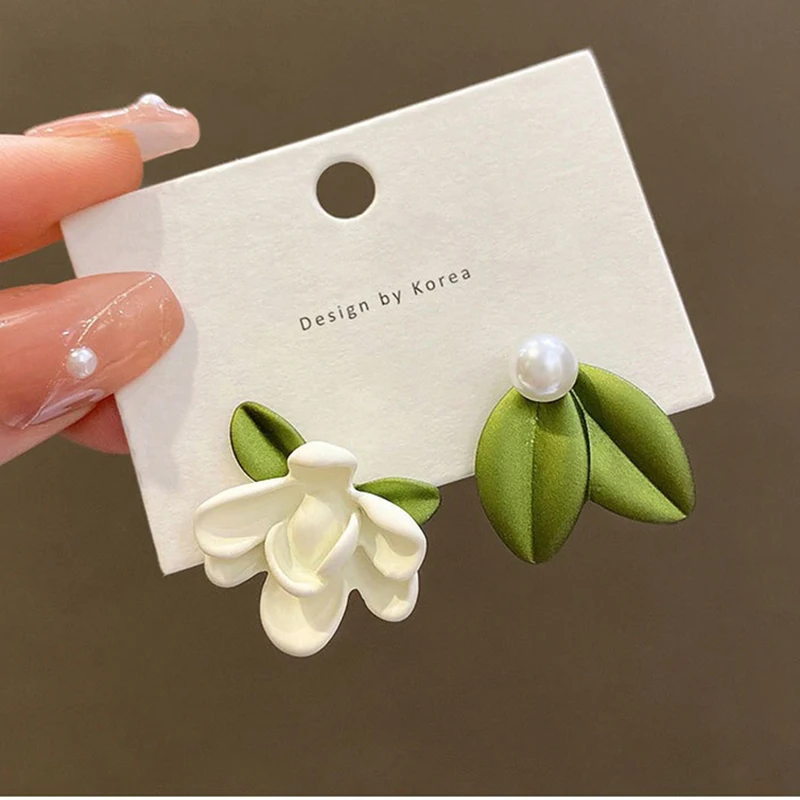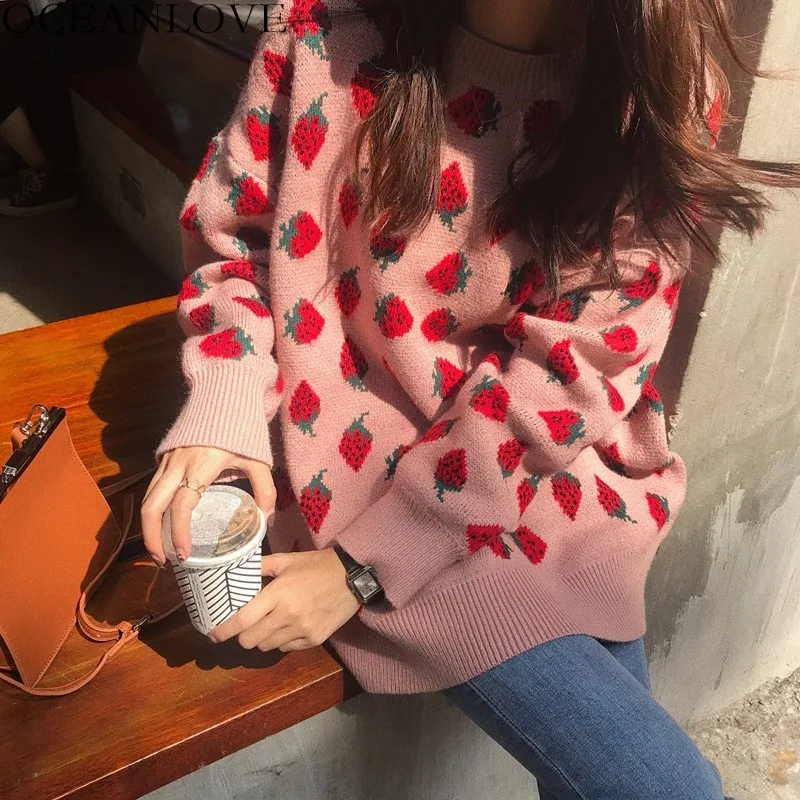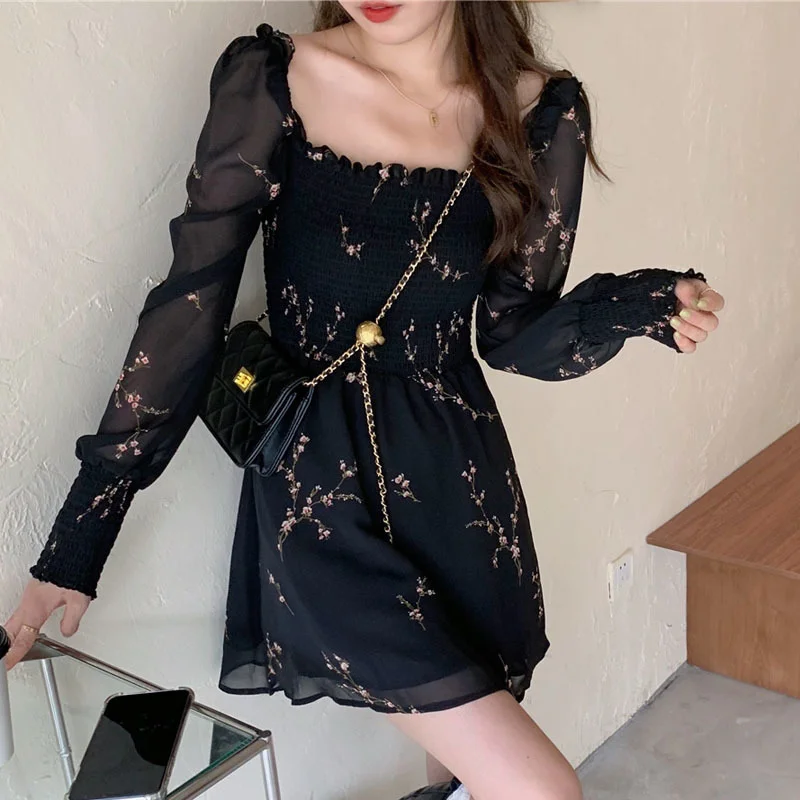New York-based architects employ a bright and minimal material palette to revitalise an Upper West Side apartment.
When a young couple approached to renew their apartment on the Upper West Side, the team immediately saw its potential. It was an authentic piece of the city’s past; an early-20th-century building overlooking the Natural History Museum, with its pre-war charm still in tact. “We looked to revive the apartment’s original spirit while restructuring the space and introducing a bright and minimal material palette,” co-principal Jejon Yeung says. The final result mirrors the status quo of New York City today, while still being reminiscent of its bygone days.

The light-filled kitchen features the Pavillion bar stool.
The Layout
Worrell Yeung revised the apartment’s “Classic Six” layout (a traditional pre-war plan segmented into six rooms) by connecting the kitchen, dining and living areas. The new all-in-one space benefits from abundant natural light and clear views of the Natural History Museum below, representing a modern adaptation of the classic layout. The former “maid’s room” (another typical feature of pre-war homes) was expanded to create a third bedroom and ensuite bathroom.
Architectural Elements
The revised plan entailed the insertion of modern architectural elements designed to open space and guide circulation. In the entry foyer, a custom wood-and-fabric screen acts as a transparent divider, revealing the light-flooded, spacious living spaces on the other side. Elevating moments of transition, two new archways lined in rich oak softly emulate pre-war archways.

Light oak floors brighten spaces, while darker oak archways create a subtle juxtaposition. Silver and white marble form an elegant counterpart.

In the dining area, a vintage brass pendant is paired with a and .


The Material Palette
Upper West Side marries ‘pre-war charm’ and’ contemporary sophistication’ through minimal, natural materials. Light oak floors brighten spaces, while darker oak archways create a subtle juxtaposition. Elsewhere, slabs of silver and white marble have been assembled into elegant built-in shapes. A bar lined in inky marble in the living room contrasts the otherwise understated material elements.
“This project allowed us to test some of our more minimal, elemental ideas within a pre-war apartment; to create a subtle and sophisticated design suitable for a modern family that doesn’t overpower the charm of the pre-war apartment,” co-principal Max Worrell maintains.

The living space features the , Harisha floor lamp, , Dual Cone wall sconce, MG501 Cuba lounge chair and a sofa.


Model 237/1 wall sconce


The post appeared first on .



